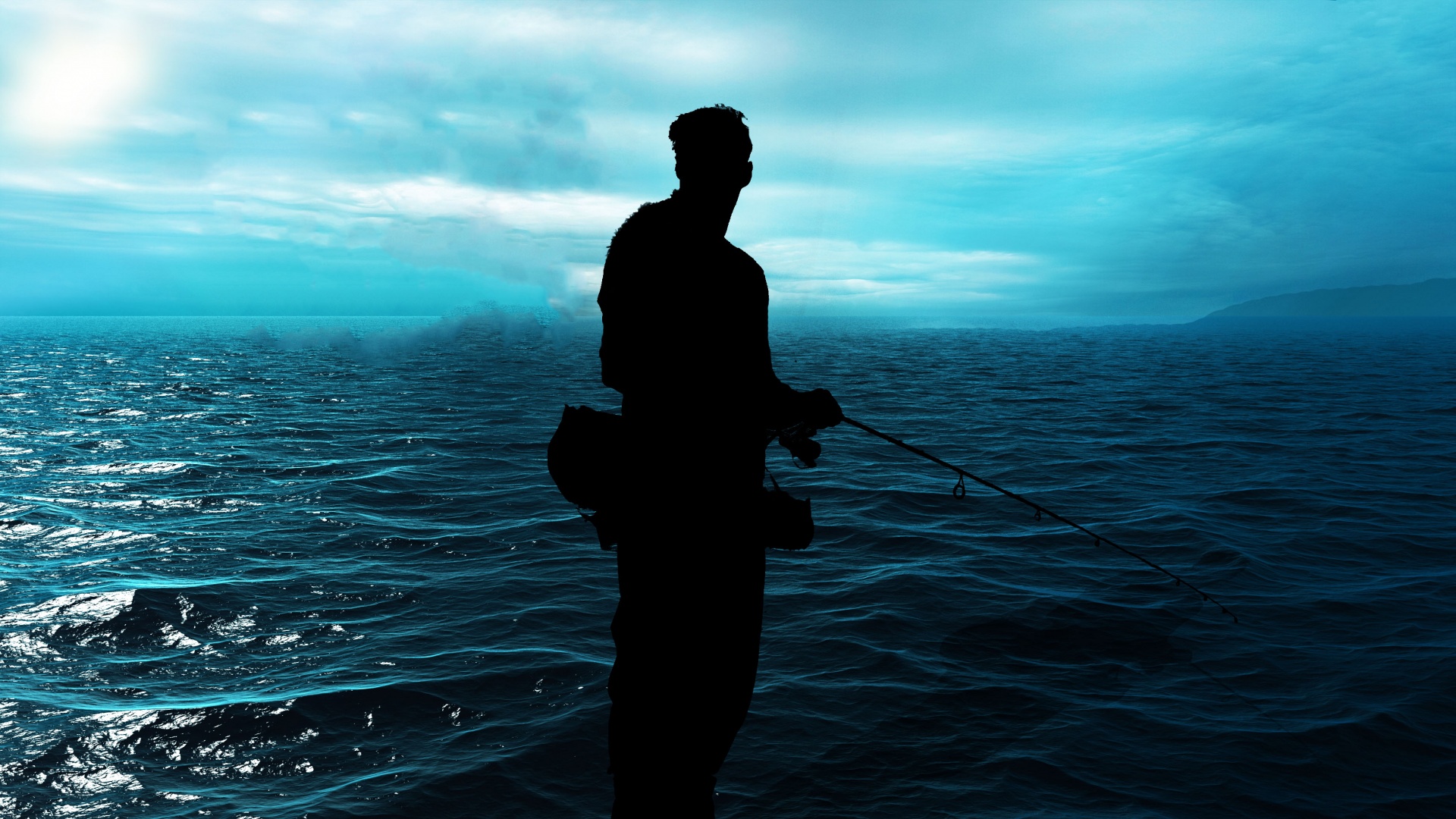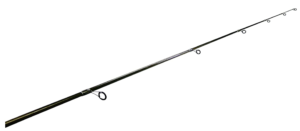
Today, more than ever, you can get a great spinning rod for under $100. The purpose of this guide is to help you determine which rod is best for you based on what type of fish you are looking to catch, where you’re fishing, and what kind of bait you’ll be using.
Spinning rods are a relatively new invention in the world of fishing. They are affordable and reliable. One hundred dollars can buy you a fantastic rod.
Spinning Rods Under $100: Buying Guide
You should be able to get a good spinning rod for less than $100. Here are some of the most important factors that should help you determine what type of fishing rod is best for you.
Portability
While the overall size of the rod is an important factor in portability, the number one factor is how it breaks down. Here are the different ways that a spinning rod can be disassembled for transport:

- One Piece– As the name suggests, a one piece fishing rod is made from a single piece of material (more on that below). One piece rods are great for anglers that have room to store them on the boat and never need to break them down. They can be a real bear to transport though.
- Two Piece– A two piece spinning rod will break apart in the middle. This allows for easy transport. This design is far and away the most common fishing rod currently produced.
- Telescoping– A telescoping rod is ultraportable. It can be tossed under the seat of the car, put in a tiny spot in the trunk, or thrown in a toolbox. They do tend to wear as they are repeatedly telescoped. But, nothing beats them for a little impromptu fishing.
Length
Length is a very important factor when picking out a spinning rod. If you use a rod that is way too long and rigid for the fish that you are looking catch, you won’t be able to feel them when they nibble.
On the other end of the spectrum, if you take a small spinning rod and try to catch a bass, you’re going to feel like jaws is on the other end. Picking rod length is even more important than choosing the material it’s made of or whether you’d like a one piece, two piece, or telescoping rod.
- Short Rods– Anywhere from 4-6 feet. These are great when you don’t need to cast far and are looking to have fun with smaller fish. Think sunfish, bluegill, and maybe smaller bass.
- Medium Rods– A medium size spinning rod is going to be anywhere from 6 to 8 feet from the tip to butt (that’s right before the reel itself). The handle area does not count in the total length of the rod. Only the rod itself with the area that “gives” does. This is the size range most freshwater anglers would use.
- Long Rods– A longer spinning rod (8+ feet) is going to be used for casting off of a pier, sea fishing, or any other situation where a very long cast would be desired. I live on the Mississippi. A lot of folks use these rods when fishing the river out here.
Material
Spinning rods are made from graphite or fiberglass. They may also be a combo of both types of material. Here are the advantages and drawbacks of all three:

- Graphite– A graphite fishing rod is going to be light and stiff. It will do a better job of telegraphing the movement of the fish. You’ll also “feel” a fish better through it as well. They are more prone to breaking than fiberglass. Graphite is the most expensive material commonly used to create a rod.
- Fiberglass– A spinning rod made of fiberglass is going to be more flexible than the stiffer graphite rods. But, they are not going to be able to do as good of a job at telegraphing what is going on with the fish on the other end of the line, which means it can be more difficult to determine when and if it’s a good time to set the hook.
- Combo– Fishing rod manufacturers combine these materials to make fishing rods that are both durable, and have a great feel.
Power
Almost as important to the rods total length is its power. Power is the term used to describe how much “give” that a fishing rod has. Power is independent of size, although longer poles usually have more power.
Action
The action of a spinning rod is the point where it bends on the pole. A pole with fast action will bend a lot close to the tip. A slow action will bend much closer to the butt.
Action is as much preference as it is anything else. Most anglers prefer a faster action rod. It’s easier to see the fish take the bate with them.
Handle
The handle is an important consideration when picking a spinning real as well. They can be made of different materials such as cork, foam, or even rubber.
A shorter handle is best for an angler that is looking to cast close to themselves. A two handled rod is best for someone looking to launch bait far. It’s harder to cast with precision two handed, and wielding a two handed rod with one hand is cumbersome to say the least.
If you plan on using something like a crank bate, a shorter handle will probably work better for you.
Top Picks: Spinning Rods Under 100 Dollars
Here are our picks for the five best spinning rods under $100. The price will vary based on your length and flex preferences.
Conclusion: Best Spinning rod for less than $100
There are a lot of great options for affordable spinning rods. You’re going to need to pick one based on what is going to work best for you and the type of angling that you will be doing. The good news is that you can get a good spinning rod for under $100.
There are so many good reels that have become affordable. If you are looking to get into fly fishing, you can get a fantastic fly fishing reel for under $300.
Last update on 2025-06-06 / Affiliate links / Images from Amazon Product Advertising API


